Terminology
In order to raise fewer question marks and provide more answers in the rest of the article, here is a brief explanation of the most important terms:HotendAs the name suggests, this is the “hot” part of the printer.
Here the filament is melted and conveyed through the nozzles onto the printing bed.
Nozzle
Exchangeable nozzle at the end of the hootend. The standard is a 0.4mm opening, but for very small or large objects a corresponding nozzle can also be used.
Print bed
Most heatable surface on which printing takes place. The size of the print bed determines the print volume in width (X) and depth (Y). The surface can vary, with many printers different printing surfaces can be attached via magnets.
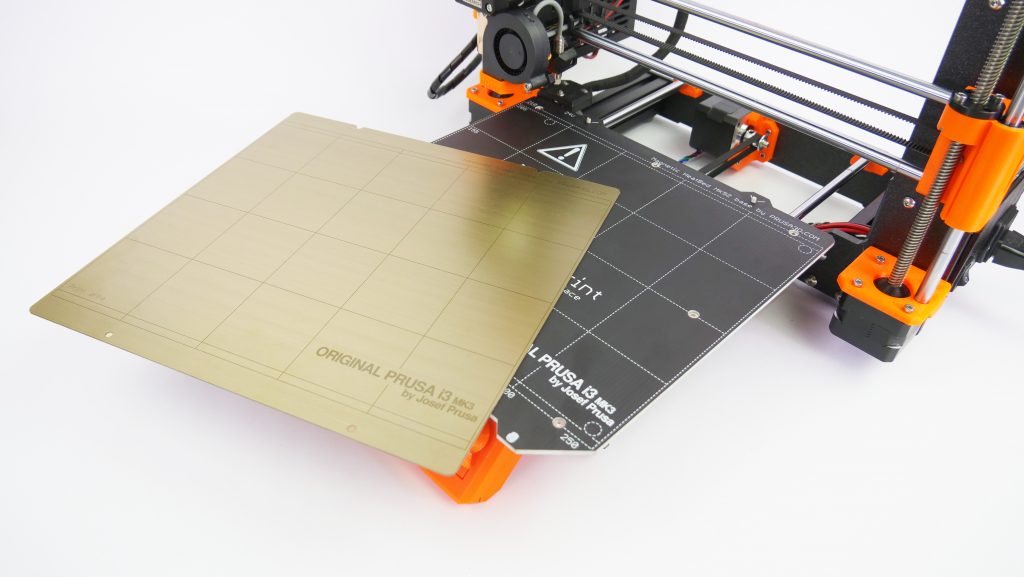
Stepper motor
Precise synchronous motors which move hot end, pressure bed and extruder.
X = Width
Y = Depth
Z= Heigth
E = Extruder
Extruder
Stepper motor with a gearwheel mechanism which conveys the filament to the hot end.
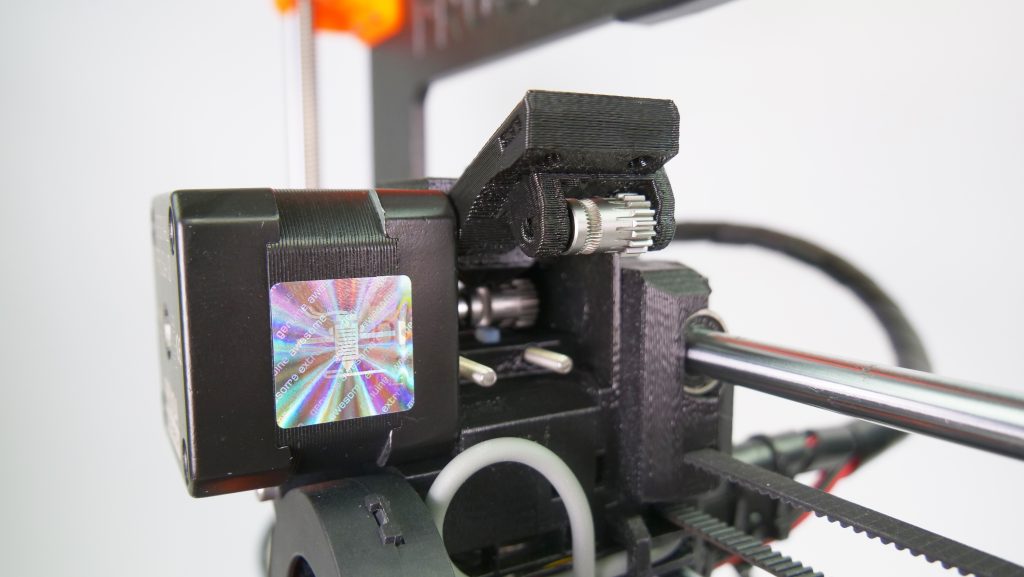
Filament
General term for the material for 3D printing. Each material has its own unique properties in terms of printing temperature, resistance and strength. PLA, PETG, ABS and TPU are the most commonly used filaments. Printers for home users usually use a thickness of 1.75mm.
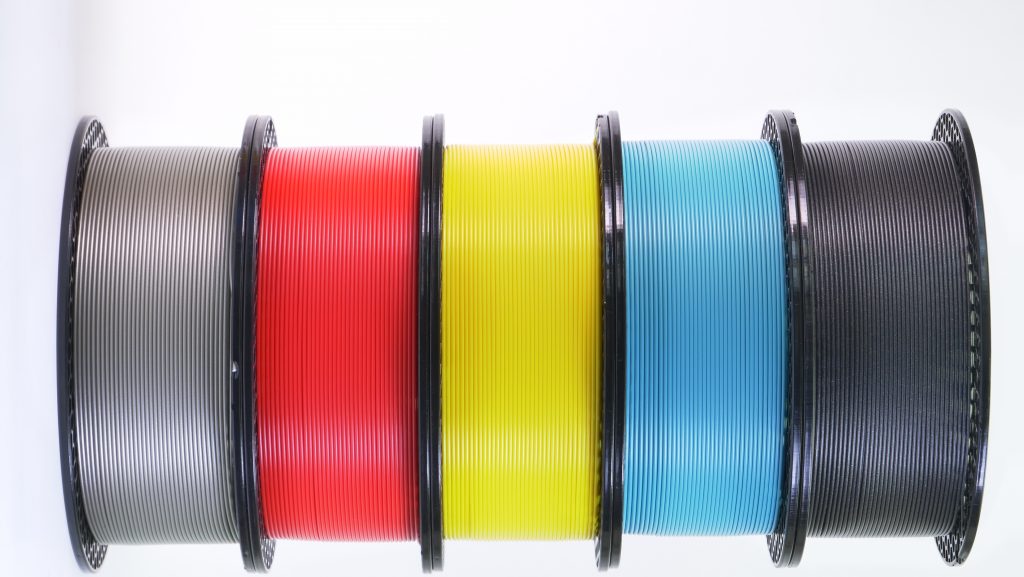
Slicer
Software for “converting” 3D object files (.STL / .OBJ / .3MF/ ..) to commands (.GCODE) for the printer. In the slicer, various parameters are also adjusted, support structures generated and the filament selected.















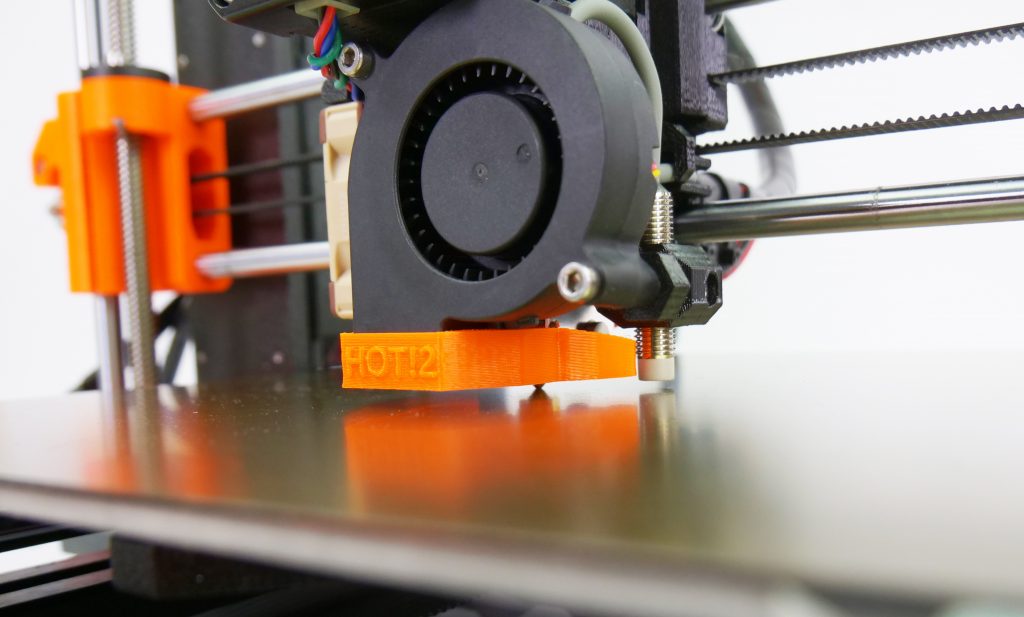
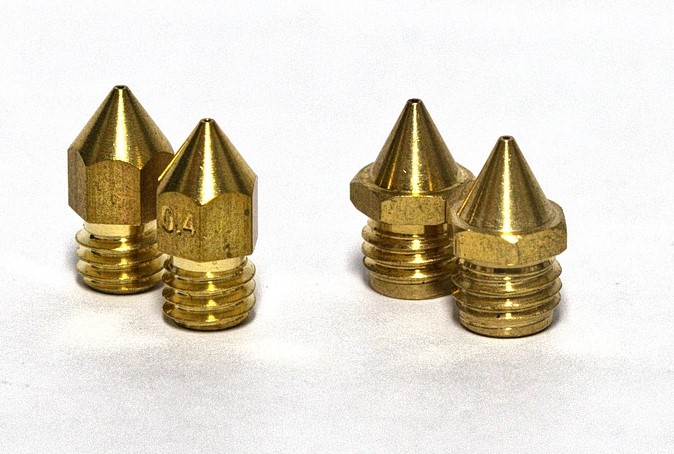
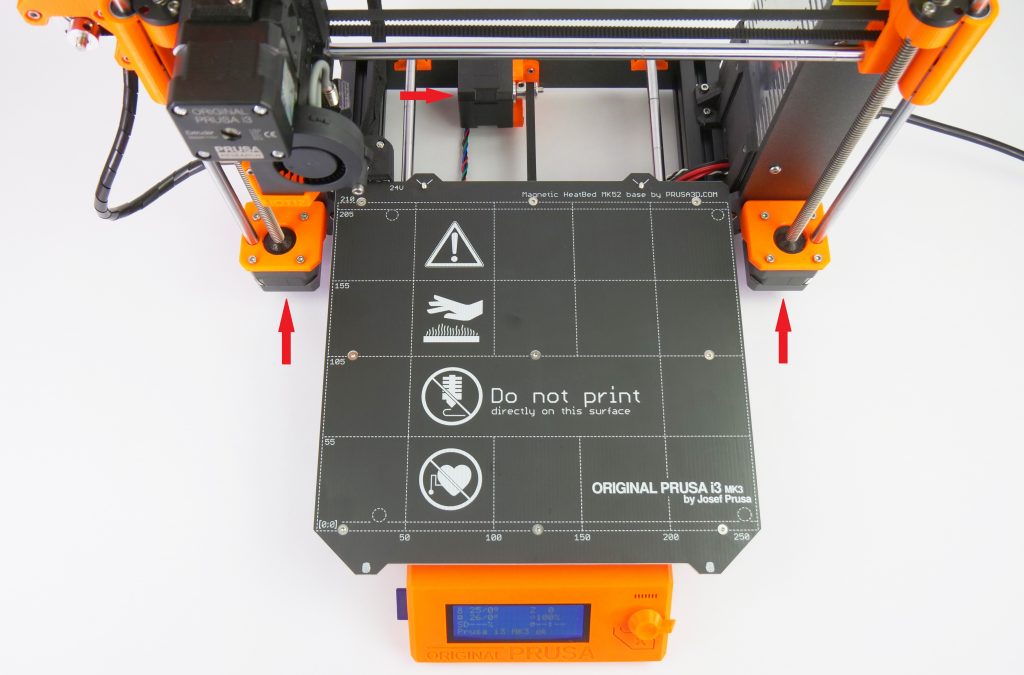
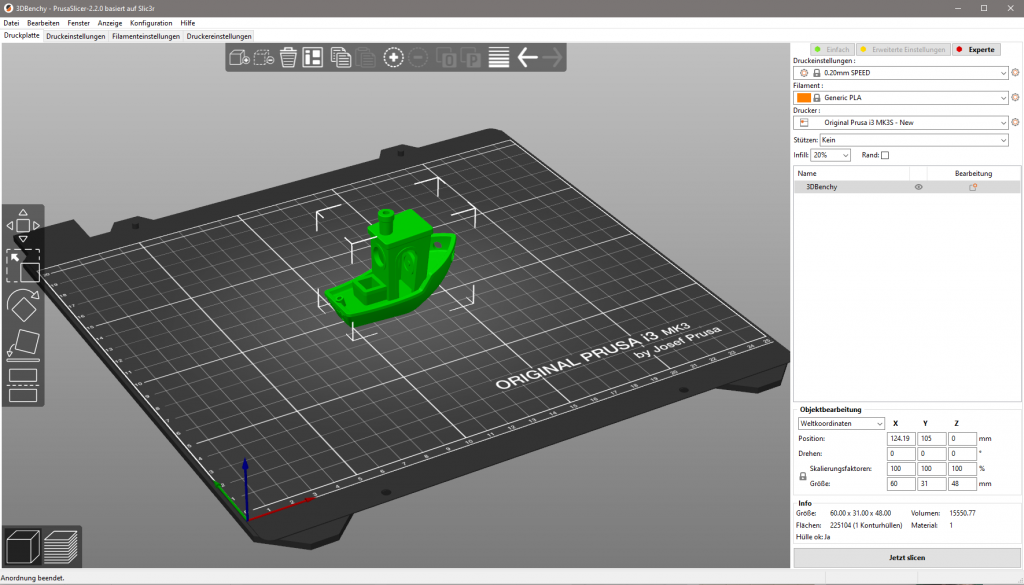




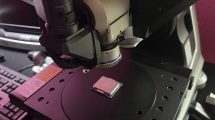












Kommentieren